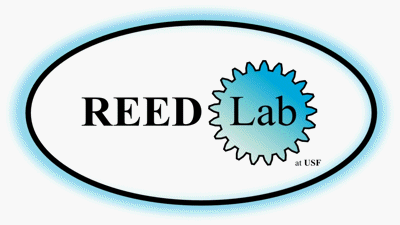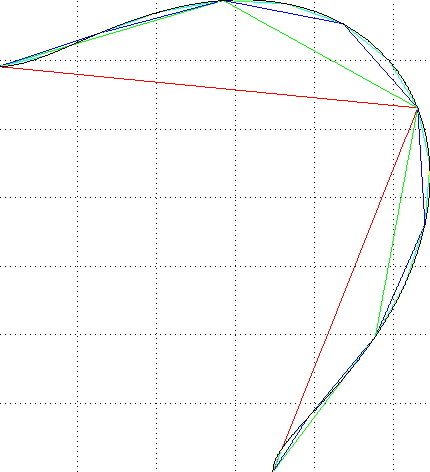Here are a few photos taken during the Haptics Class Project Demonstrations on May 3, 2011.
<Prev 1 | 2 | 3 | 4 | 5 | 6 | 7 | 8 | 9 | 10 | 11 | 12 | 13 | 14 | 15 | 16 | 17 | 18 | 19 | 20 | 21 | 22 | 23 Next>
Human Spatial Resolution of Phantom Omni This project investigates the potential of varying haptic shape resolution using a linear splines approximation of high order polynomial curves in the x-z plane to measure spatial resolution of Phantom Omni users. Therefore, optimization of smooth curve approximation can be performed to minimize computational requirements. A total of 16 subjects participated in the experimental phase of the study. After a smooth curve was displayed, subjects were asked to indicate whether the subsequent random rendered path trajectories were the same smooth curve or a linear spline approximation of the curve. The collected data for each subject included their binary choice of whether the rendered trajectory was a linear spline approximation or not, time spent interacting with each rendered curve, age, sex and preferred hand. Statistical analysis including multivariable analysis of variance test (ANOVA) of the data was performed using MATLAB. Accordingly, the results demonstrate that users start to perceive a smooth curve when a linear approximation of 24 splines is rendered in the Phantom Omni. More information regarding the details of this project are provided here.
| 



